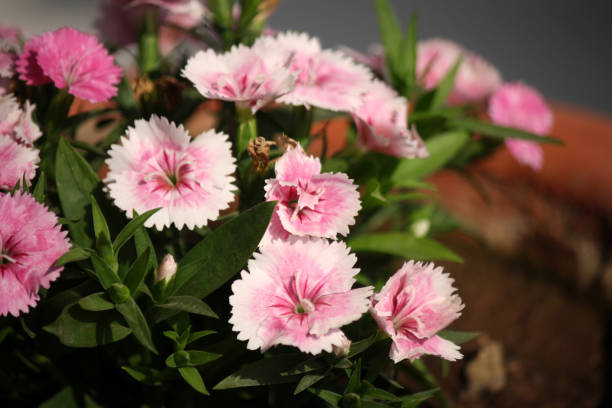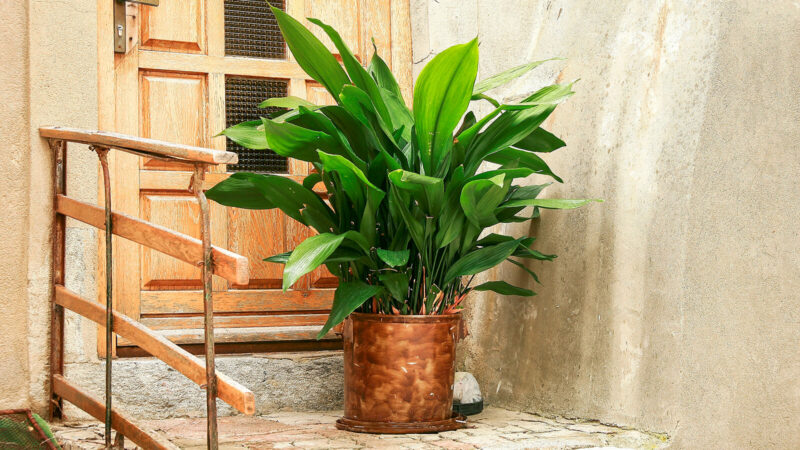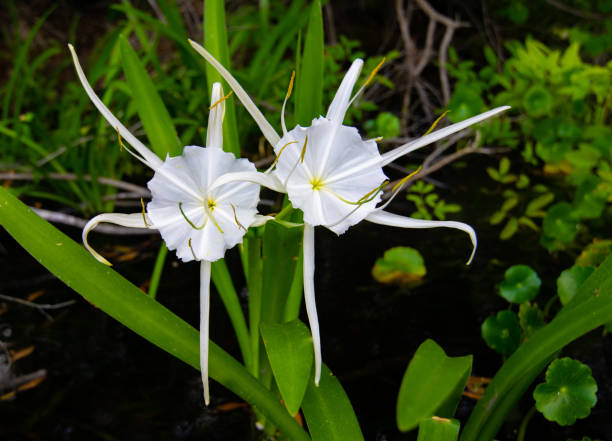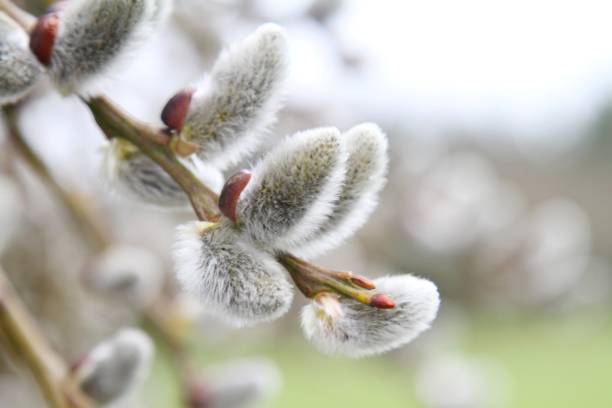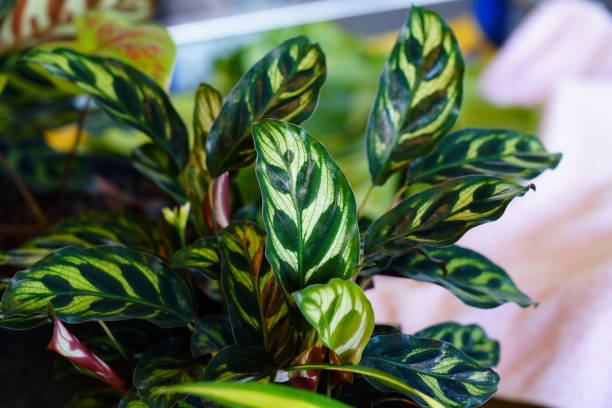A Comprehensive Guide on Growing and Caring for Majesty Palm
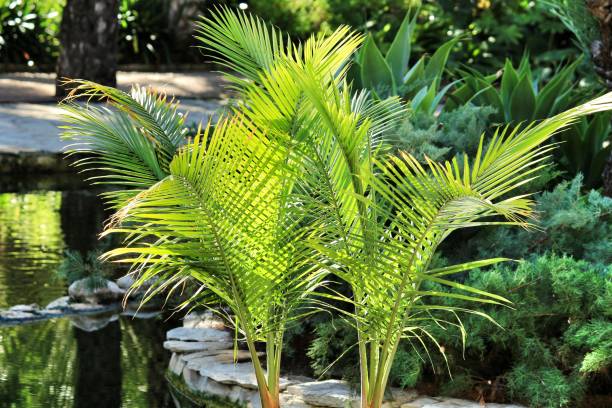
Majesty Palm, scientifically known as Ravenea rivularis, is a famous indoor plant native to Madagascar. It’s lush foliage and graceful fronds have made it a favourite among homeowners, decorators, and landscapers. Majesty Palms are great for improving the aesthetics of any indoor space and improving air quality by filtering out toxins.
While Majesty Palms can be a stunning addition to any home, they require proper care to flourish. This article will provide a comprehensive guide on growing and caring for Majesty Palm, including tips on soil, watering, lighting, fertilizing, and common pest problems. Whether you’re a beginner or a seasoned plant enthusiast, this guide will provide you with the knowledge you need to keep your Majesty’s Palm healthy and flourishing for years.
Majesty Palm Care
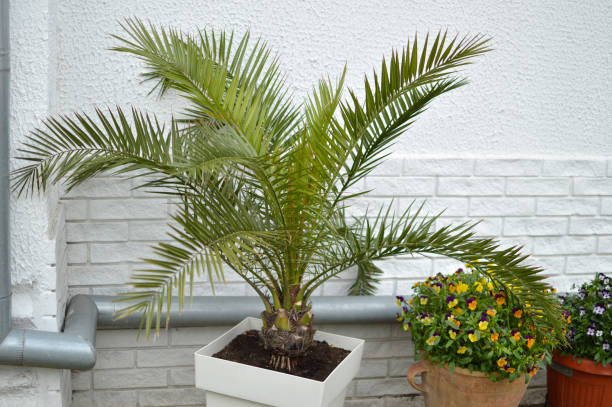
Majesty Palm, also known as Ravenea rivularis, is a beautiful tropical plant that can add a touch of elegance to any indoor space. As with any plant, proper care is essential to ensure that Your Majesty Palm remains healthy and thriving. In this article, we will cover the essential care requirements for this plant. Have a look:
Soil Requirements
Majesty Palms thrive in well-draining soil rich in organic matter. The soil should be kept moist but not waterlogged, as waterlogging can cause root rot. A good quality potting mix that contains peat moss, perlite, and vermiculite is ideal.
Watering
Majesty Palms require regular watering to thrive. The frequency of watering depends on the temperature, humidity, and amount of light your plant receives. A good rule of thumb is to water your plant once a week, but check the soil moisture level before watering. If the top inch of soil feels dry, it’s time to water.
Lighting
Majesty Palms prefer bright, indirect light. Direct sunlight can scorch the leaves, while low light can stunt growth and make the plant susceptible to pests. Place your Majesty Palm near a bright window but out of direct sunlight.
Temperature
Majesty Palms prefer warm temperatures between 65°F to 85°F (18°C to 29°C). Temperatures below 55°F (12°C) can damage the plant. Keep your Majesty Palm away from drafts, such as air conditioning vents or windows left open during the winter.
Fertilizing
Majesty Palms benefit from regular fertilization during the growing season, typically from spring to fall. A balanced fertilizer that contains nitrogen, phosphorus, and potassium is recommended. Fertilize your plant once a month during the growing season.
Common Pests
Majesty Palms are prone to pest infestations, including spider mites and mealybugs. Regularly inspect your plant for signs of pests, such as webbing or cottony masses on the leaves. If you spot any pests, isolate your plant and treat it with insecticidal soap or neem oil.
More about Majesty Palm
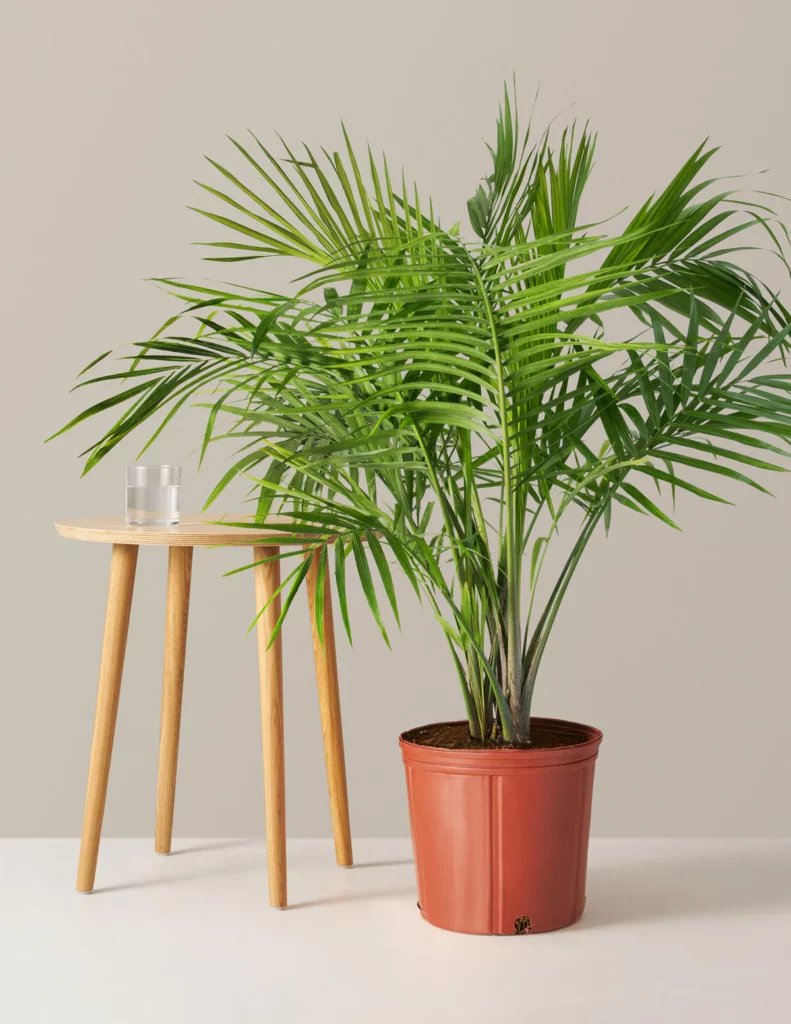
| Specification | Description |
|---|---|
| Scientific name | Ravenea rivularis |
| Common name | Majesty Palm |
| Native to | Madagascar |
| Height | Up to 30 feet tall in the wild; 8-12 feet tall indoors |
| Width | 5-7 feet |
| Light | Bright, indirect light |
| Temperature | 65°F to 85°F (18°C to 29°C) |
| Humidity | High humidity preferred, around 50-60% |
| Water | Keep soil moist but not waterlogged, water once a week |
| Soil | Well-draining soil rich in organic matter |
| Fertilizer | Balanced fertilizer once a month during growing season |
| Propagation | Seed or division of mature plant |
| Common pests | Spider mites, mealybugs, scale insects |
| Toxicity | Non-toxic to humans and pets |
Types of Majesty Palm
Different types of Majesty Palm vary in their appearance and growth characteristics. Here are some of the most common types:
Ravenea rivularis
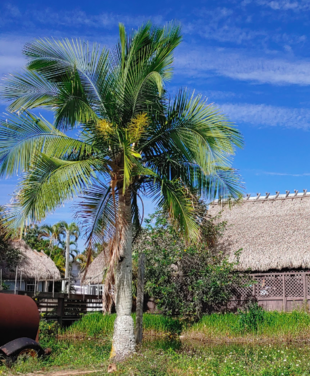
This is the most common variety of Majesty Palm, and it features long, feathery fronds that arch gracefully from a single trunk. It can grow up to 30 feet tall in the wild, but it typically reaches 8-12 feet tall when grown indoors.
Ravenea hildebrandtii
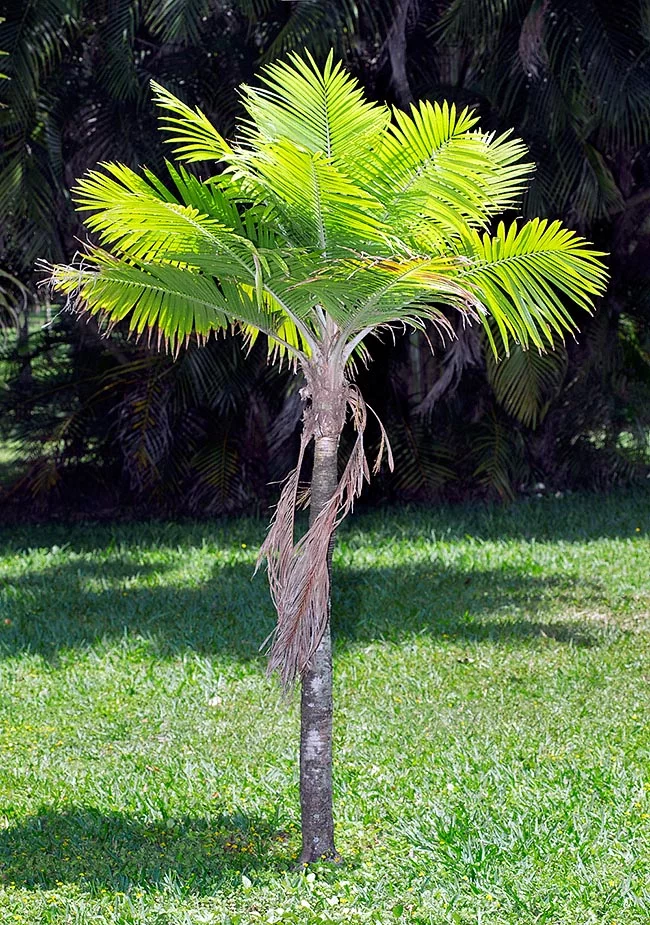
This variety is also known as the Hildebrandt’s or Waterfall Palm. It has wider fronds than the Ravenea rivularis. It is more compact, making it ideal for smaller indoor spaces.
Ravenea glauca

This variety is called the Blue Majesty Palm because of its blue-green leaves. It is a slow-growing plant that can take several years to reach its maximum height of 8-10 feet.
Ravenea sambiranensis

This variety is known as the Sambirano Palm or the Mananara Palm. It has narrower fronds than the Ravenea rivularis and features a more slender trunk. It is a rare variety that is not commonly available in nurseries.
Pruning
Pruning is an essential part of Majesty Palm Care that helps to maintain the plant’s health and appearance. Here are some tips for pruning your Majesty Palm:
Remove brown or yellow fronds
Dead or dying fronds should be pruned off as soon as possible to prevent the spread of disease and keep the plant neat and tidy.
Trim-damaged or diseased fronds
If a frond is damaged or shows signs of disease, it should be pruned off to prevent further damage to the plant.
Remove old, unattractive fronds
As the Majesty Palm grows, it will produce new fronds that are more attractive than the older ones. Prune off the older fronds to keep the plant looking its best.
Prune selectively
Avoid pruning too many fronds at once, as this can stress the plant and stunt its growth. Instead, prune selectively, leaving enough fronds to support the plant’s growth and health.
Use clean, sharp tools
Always use clean, sharp tools when pruning your Majesty’s Palm to prevent the spread of disease and to make clean, precise cuts.
Propagating Majesty Palm
Majesty Palms can be propagated from seeds or through the division of mature plants. Here are some steps for propagating Majesty Palm:
Propagation by seeds:
- Collect fresh seeds from a mature Majesty Palm.
- Soak the seeds in warm water for 24 hours to soften the hard outer layer.
- Plant the seeds in a pot with well-draining soil, burying them just below the surface.
- Water the soil thoroughly and place the pot in a warm, bright location.
- Keep the soil moist and watch for the seeds to sprout, which can take several weeks.
Propagation by division:
- Carefully remove the Majesty Palm from its pot or location in the ground.
- Gently separate the plant into two or more sections, ensuring each has healthy roots and several fronds.
- Plant each section in its own pot with well-draining soil and thoroughly water it.
- Place the newly potted plants in a warm, bright location and moisten the soil.
- It’s important to note that propagating Majesty Palm from seeds can be challenging, and it may take several attempts to succeed. Division of mature plants is typically a more reliable method of propagation.
- Also, it’s important to provide the newly propagated plants with proper care, including the right amount of water, light, and humidity, to ensure their healthy growth and development.
Potting and Repotting Majesty Palm
Potting and repotting Majesty Palm is an important aspect of its care. It ensures that the plant has enough space to grow and develop healthy roots. Here are some tips for potting and repotting your Majesty Palm:
Potting
- Choose a pot that is at least 2-3 inches larger in diameter than the current pot.
- Ensure that the pot has adequate drainage holes to allow excess water to drain out.
- Fill the bottom of the pot with a layer of gravel or small stones to improve drainage.
- Add a layer of fresh, well-draining potting soil to the gravel layer.
- Gently remove the Majesty Palm from its current pot and place it in the new pot, ensuring the top of the root ball is level with the top.
- Fill the spaces around the root ball with fresh potting soil, pressing down gently to eliminate air pockets.
- Water the plant thoroughly, ensuring excess water drains out of the bottom of the pot.
Repotting:
- Majesty Palms typically need to be repotted every 2-3 years or when the roots have filled the current pot.
- Follow the steps for potting a new plant, but don’t damage the roots during repotting.
- If the root ball is tightly packed, use a sharp knife or pruning shears to make a few cuts through the root ball before potting it in fresh soil.
- After repotting, place the plant in a bright, warm location and water it thoroughly.
- Avoid fertilizing the plant for at least a month after repotting to prevent root burn.
Overwintering
Majesty Palms are tropical plants that thrive in warm, humid conditions, so it’s important to take extra care when overwintering them in cooler climates. Here are some tips for overwintering your Majesty Palm:
Keep the plant indoors
When temperatures drop below 60°F, it’s time to bring your Majesty Palm indoors. Place it in a location that receives bright, indirect light, such as near a south-facing window.
Keep the humidity high
Majesty Palms thrive in high humidity, so it’s important to maintain a humid environment indoors. You can use a humidifier or place a water tray near the plant to help increase humidity levels.
Avoid drafts
Majesty Palms are sensitive to cold drafts, so avoid placing them near doors or frequently opened windows.
Water carefully
Overwatering can cause root rot, so be careful not to water your Majesty’s Palm too frequently. Allow the top inch of soil to dry out before watering, and make sure that the pot has adequate drainage holes to allow excess water to drain out.
Monitor for pests
During winter, indoor plants are more susceptible to pests like spider mites and mealybugs. Keep an eye out for signs of infestation, such as webbing or white cottony patches on the leaves, and treat as necessary with insecticidal soap or neem oil.
By following these tips, you can help ensure that your Majesty Palm stays healthy and happy throughout the winter and is ready to thrive once warm weather returns.
Common Pests
Like any houseplant, Majesty Palms can be susceptible to certain pests. Here are some of the most common pests that can affect Majesty Palms:
Spider Mites
These tiny pests are known for causing damage to the leaves of Majesty Palms, causing them to turn yellow or brown. You may also see fine webbing on the leaves. Spider mites thrive in dry environments, so increasing the humidity around your plant can help prevent them.
Mealybugs
Mealybugs are small, white insects that cluster in groups on the leaves and stems of plants. They feed by sucking sap from the plant, causing the leaves to turn yellow and the plant to become weak. You can remove mealybugs by dabbing them with a cotton swab dipped in rubbing alcohol.
Scale Insects
Scale insects are small, oval-shaped pests found on the leaves and stems of Majesty Palms. They can be difficult to spot because they blend in with the plant. They feed on the plant sap, causing leaves to turn yellow and drop off. You can remove scale insects using a soft cloth or brush to wipe them off the leaves and stems.
Fungus Gnats
These small, black insects are often seen flying around the soil of potted plants. They lay their eggs in the soil, and the larvae feed on the roots of the plant. To prevent fungus gnats, avoid overwatering your Majesty Palm and make sure the soil has adequate drainage.
Thrips
These tiny, slender insects feed on the leaves of plants, causing them to turn brown and distorted. You may also see the black fecal matter on the leaves. Thrips can be challenging to control, but using insecticidal soap or neem oil can be effective.
How to Get Majesty Palm to Bloom?
Majesty Palms are known for their beautiful foliage. Still, they can also produce small, yellow flowers on long stems under the right conditions. Here are some tips for getting your Majesty Palm to bloom:
Provide bright, indirect light
Majesty Palms require bright, indirect light to bloom. Place your plant near a south-facing window, or supplement it with artificial light if necessary.
Maintain proper humidity
Majesty Palms thrive in humid environments, so maintaining high humidity levels can help encourage blooming. You can use a humidifier or place a tray of water near the plant to increase humidity.
Avoid overwatering
Overwatering can cause stress to the plant and prevent it from blooming. Allow the top inch of soil to dry out before watering, and ensure the pot has adequate drainage.
Use a balanced fertilizer
Majesty Palms benefit from regular fertilization with a balanced, water-soluble fertilizer during the growing season (spring and summer). This can help provide the necessary nutrients for blooming.
Provide cooler temperatures
Majesty Palms prefer cooler temperatures (60-70°F) during winter, which can help trigger blooming.
Be patient
Majesty Palms can take several years to bloom, so be patient and continue to provide proper care. As long as the plant is healthy, it will eventually produce flowers.
Common Problems With Majesty Palms
Despite their hardy nature, Majesty Palms can encounter several problems if not cared for properly. Here are some of the most common issues with Majesty Palms and how to fix them:
Yellowing Leaves
Yellowing leaves are a common problem with Majesty Palms. They can be caused by a variety of factors, including overwatering, underwatering, or poor soil quality. To fix this issue, adjust your watering schedule or use well-draining soil. You can also prune away any yellowing leaves to prevent the problem from spreading.
Brown Leaf Tips
Brown leaf tips are typically caused by low humidity levels, which can be common in dry indoor environments. Increase humidity levels by misting the leaves regularly or using a humidifier.
Root Rot
Overwatering can cause root rot, which brown or black roots and a foul odour can identify. To fix this issue, remove the plant from the soil, cut away any damaged roots, and replant in fresh, well-draining soil.
Pest Infestations
Majesty Palms can attract common houseplant pests like spider mites, mealybugs, and scale insects. Inspect your plant regularly and treat pest infestations with insecticidal soap or neem oil.
Brown Spots on Leaves
Pests, nutrient deficiencies, or over-fertilization can cause brown spots on leaves. Determine the cause of the problem and adjust your care accordingly.
Slow Growth
If your Majesty Palm grows slowly, it may be due to a lack of light, poor soil quality, or nutrient deficiencies. Ensure the plant receives adequate sunlight, uses well-draining soil, and fertilizes regularly with a balanced fertilizer.
Some Frequently Asked Questions (FAQs)
Q: How often should I water My Majesty Palm?
A: Majesty Palms prefer to be kept consistently moist but not waterlogged. Water your plant thoroughly once a week, allowing the top inch of soil to dry out slightly between waterings.
Q: Can I grow Majesty Palms outside?
A: Majesty Palms are native to tropical regions and thrive in warm, humid environments. They can be grown outside in USDA hardiness zones 9-11 but should be brought indoors during cooler months.
Q: What type of soil is best for Majesty Palms?
A: Majesty Palms prefer well-draining soil that is rich in organic matter. Use a mix of peat moss, perlite, and sand to ensure adequate drainage.
Q: How often should I fertilize my Majesty Palm?
A: Fertilize Your Majesty’s Palm every two to three months during the growing season (spring and summer) with a balanced, water-soluble fertilizer.
Q: How do I propagate my Majesty Palm?
A: Majesty Palms can be propagated by dividing the root ball or by collecting and planting the seeds produced by the plant.
Q: How tall do Majesty Palms grow?
A: Majesty Palms can grow up to 10-12 feet tall in their native environment. Indoors, they typically grow to be 4-6 feet tall.
Q: Can Majesty Palms tolerate low light conditions?
A: While Majesty Palms prefer bright, indirect light, they can tolerate low light conditions for short periods. However, if kept in low light for too long, the plant may become leggy and weak.
Q: How do I prune my Majesty Palm?
A: To prune your Majesty Palm, remove any yellowing or brown leaves as they appear. You can also trim away any old or damaged fronds at the base of the plant. Avoid pruning healthy green leaves, as this can harm the plant.
Is majesty palm easy to care for?
Majesty Palms are relatively easy to care for. Still, they require specific care requirements, such as well-draining soil, consistent moisture, and adequate humidity.
How fast does majesty’sMajesty palm grow?
Majesty Palms can grow up to 10-12 feet tall in their native environment, but indoors they typically grow 4-6 feet tall. The growth rate can vary depending on light, temperature, and humidity.
Do majesty palms need sun?
Majesty Palms prefer bright, indirect light but can tolerate lower light conditions for short periods. However, too much direct sunlight can burn the leaves of the plant.
Can you put majesty palm outside?
Majesty Palms are native to tropical regions and can be grown outside in USDA hardiness zones 9-11 but should be brought indoors during cooler months.
Where do majesty palms grow best?
Majesty Palms grow best in warm, humid environments with temperatures between 60-80°F. They prefer well-draining soil and consistent moisture.
Is majesty palm good for indoors?
Majesty Palms is a popular indoor houseplant due to their striking appearance and relatively easy care requirements. They can add a touch of tropical flair to any indoor space.
Conclusion
In conclusion, Majesty Palms are a popular and relatively easy-to-care-for houseplant that can add a touch of tropical flair to any indoor space. With their large, fan-like fronds and tall, slender trunks, these plants make a stunning addition to any home decor. While they require specific care requirements, such as well-draining soil, consistent moisture, and adequate humidity, Majesty Palms are generally hardy. They can adapt well to a range of growing conditions. Following the tips and guidelines outlined in this article, you can keep your Majesty Palm healthy and thriving for years. Majesty Palm is a great choice whether you’re a seasoned houseplant enthusiast or a beginner looking to add some greenery to your home.
Related Articles
- Carnation Flower: Plant Care and Growing Guide
- How to Grow and Care for the Cast Iron Plant?
- Spider Lily: A Guide to Growing and Caring for this Stunning Flower
- How to Grow and Care for Pussy Willows
- Zebra Plant Care: Growing Aphelandra Squarrosa At Home
- 8 Prosperous Types of Money Plants in Feng Shui to Bring Wealth and Abundance
- A Comprehensive Guide on Growing and Caring for Majesty Palm
- How to Grow and Care for Baby’s Breath?
- Rhododendron Plant: Rhododendron Care In Your Garden
- Iris Flower – All You Want To Know About Them

